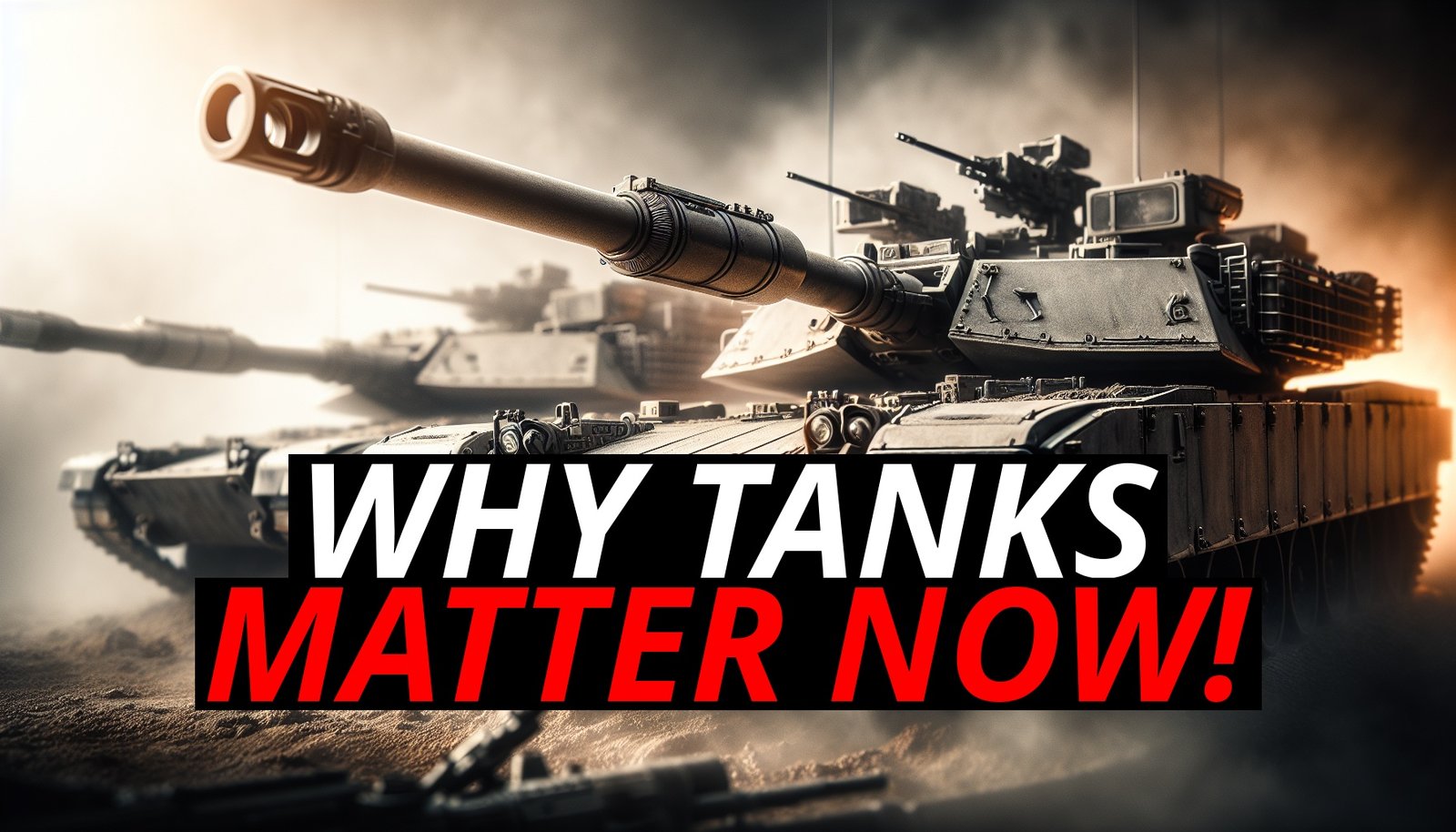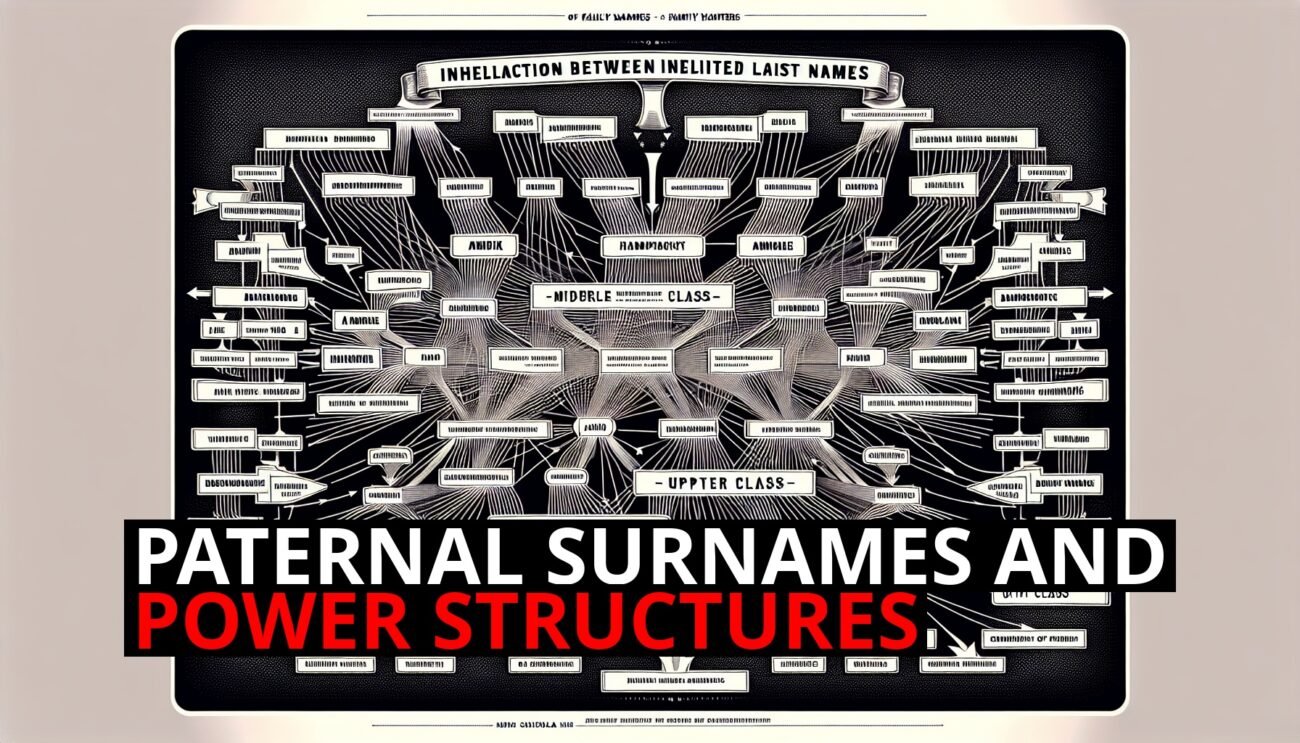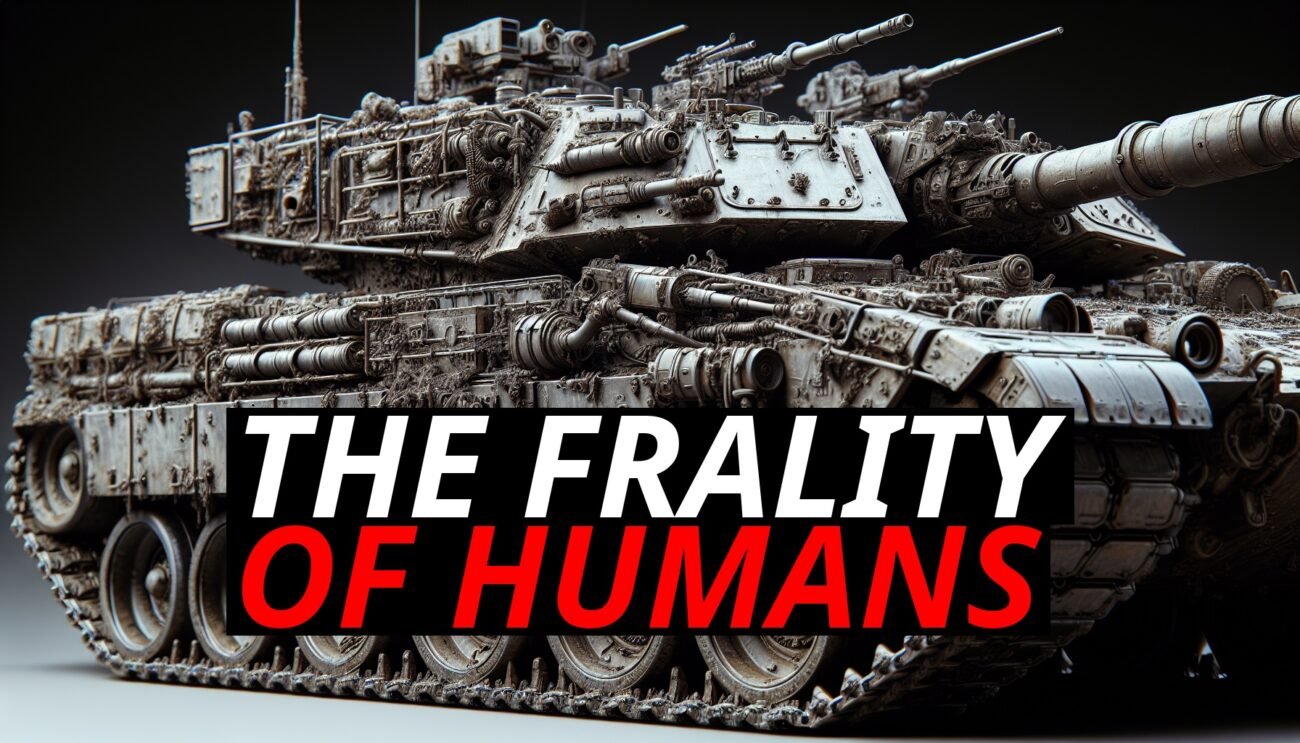Protecting Tanks And Infantry In Modern Warfare
Welcome back to Strategic Warfare. Today, we address a critical issue in the ongoing conflict in Ukraine: the decision to pull tanks back from the front lines to protect them from Russian drones. While this might seem like a good move on the surface, it raises important questions about the impact on infantry and overall military strategy.
The Threat Of Drones
Ukraine is pulling tanks back to safeguard them from drones. Drones pose a significant threat, capable of targeting and disabling tanks with precision. However, while this strategy aims to preserve valuable equipment, we must consider the broader ramifications.
Impact On Infantry
– ATGMs (Anti-Tank Guided Missiles): These can indeed take out tanks, but let’s consider the bigger picture. How many Ukrainian infantry are being killed by mortars and artillery, which are a fraction of the cost of an ATGM? These cheap and abundant weapons are causing substantial infantry casualties.
– Frontline Exposure: If tanks are pulled back, what happens to the infantry on the front lines? Why aren’t they being pulled back as well? The real question is: how many human lives are being lost because the infantry is left exposed?
The Value Of Human Lives
Tanks can be repaired and replaced, but human lives cannot. By focusing on protecting tanks while leaving infantry vulnerable, we might be missing the point. Infantry soldiers are highly valuable and irreplaceable assets. The loss of trained soldiers has a profound impact on morale, unit cohesion, and overall combat effectiveness.
The Importance Of Tanks In Modern Warfare
This situation underscores the importance of tanks in modern warfare. If Ukraine had more tanks, the need for infantry to be on the front lines, exposed to cheap mortars and artillery, would be significantly reduced. Tanks, despite their vulnerabilities, provide critical protection and support to infantry units. Even if tanks are hit, the crew often survives, and the tanks can be repaired. This is far less costly in human terms compared to losing a squad of infantry.
Material Vs. Human Costs
– Replaceability: Tanks, ammunition, and trucks are mass-produced on assembly lines, making them relatively replaceable. In contrast, raising and training a soldier takes about 18 years, not to mention the additional time and resources required to develop a highly skilled combatant. Each soldier represents a significant investment in training and experience.
– Cost of Losses: Losing tanks may involve material costs, but losing infantry involves irreplaceable human lives.
Ethical And Strategic Considerations
Modern warfare, especially in democratic societies, places a high value on minimizing human casualties. Public opinion and ethical considerations demand strategies that prioritize the protection of soldiers. By leveraging tanks effectively, we can reduce the human cost of conflict, aligning with both strategic and moral imperatives.
The Dilemma Of Pulling Tanks Back
Ukraine’s decision to pull tanks back to protect them from drones highlights a crucial dilemma. While preserving tanks is important, we must not lose sight of the human cost. Protecting infantry should be the top priority. Tanks play a vital role in shielding infantry from threats, and their presence on the front lines can significantly reduce infantry casualties.
Conclusion
In the context of Ukraine, having more tanks could make a substantial difference in preserving the lives of soldiers and improving overall military outcomes. The strategic use of tanks, even with the risk posed by drones, is essential for minimizing human casualties and maintaining combat effectiveness.
If you found this discussion insightful, please share this article and leave a comment with your thoughts. Let’s continue exploring the evolving strategies that shape modern battlefields. Stay strategic!













